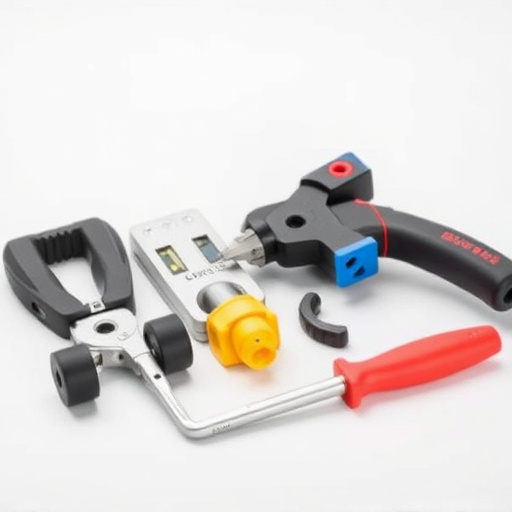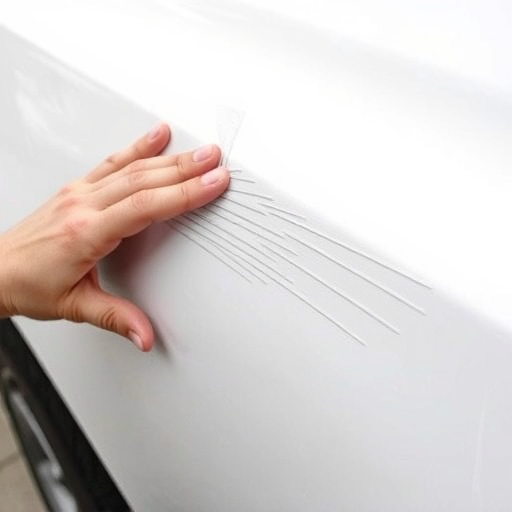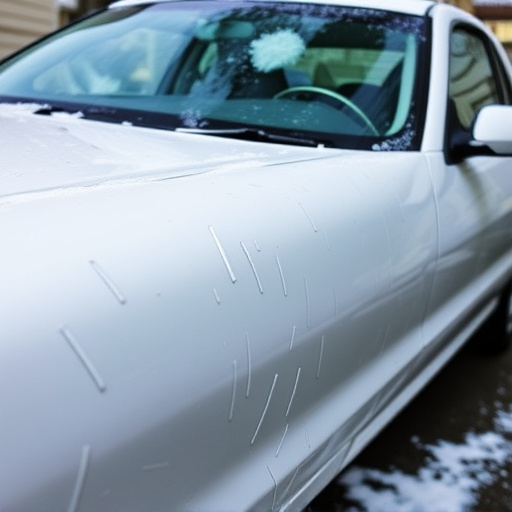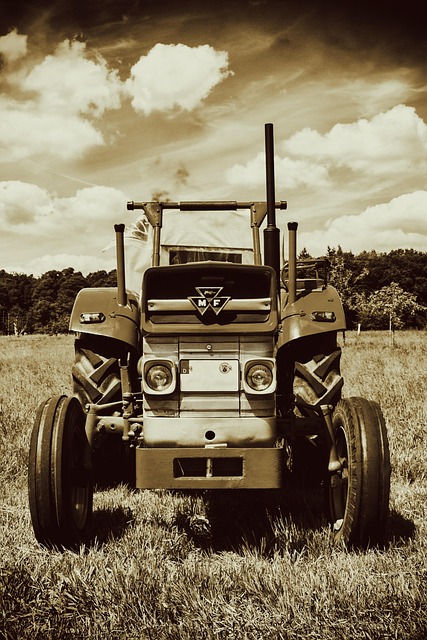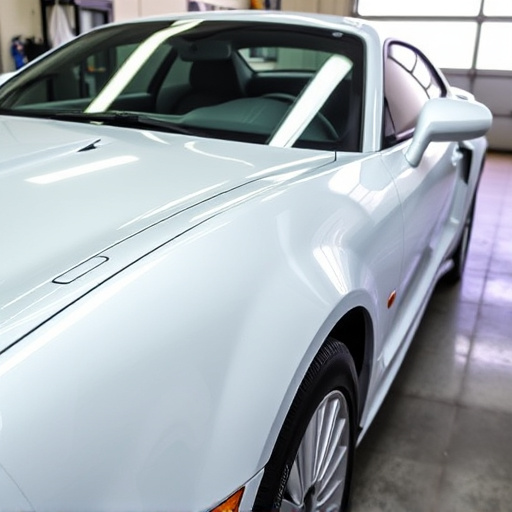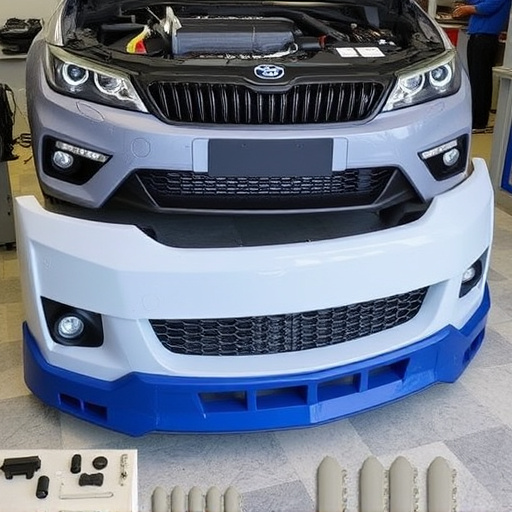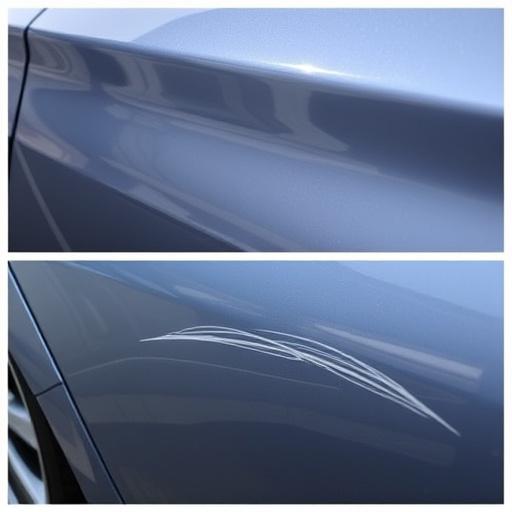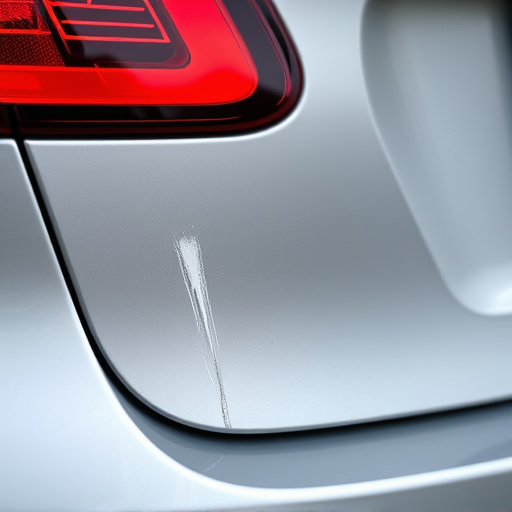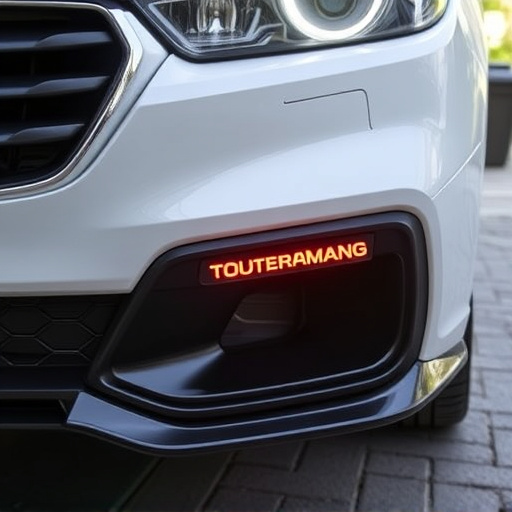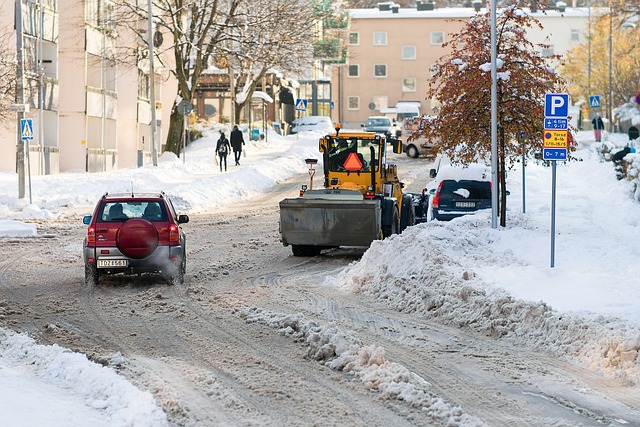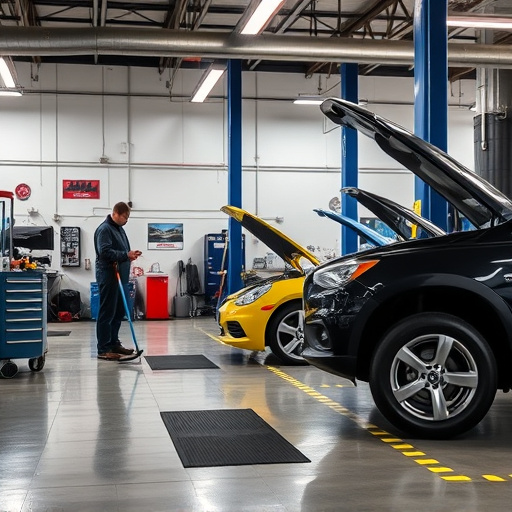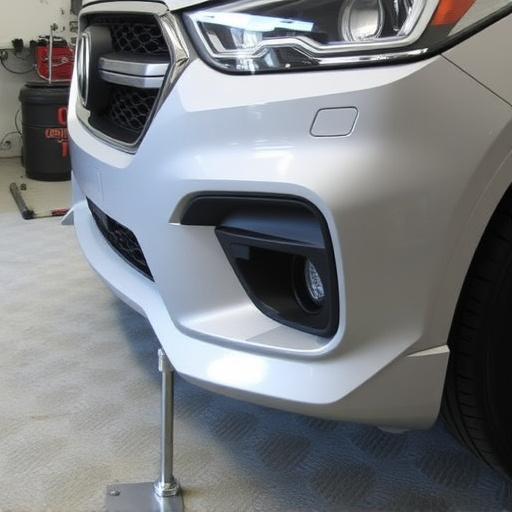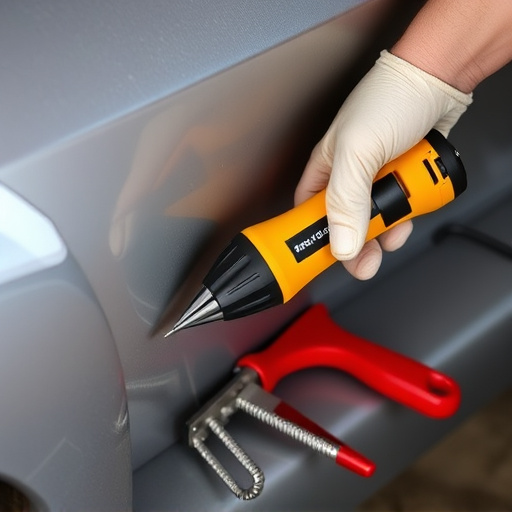Digital imaging technology enhances sectioning procedures, offering automotive manufacturers and repair shops improved precision and efficiency with 3D visualization. Automation and AI-driven robots are poised to revolutionize these processes, increasing productivity while maintaining intricate detail. Biocompatible materials are emerging as game-changers for medical and industrial applications, promising enhanced durability and aesthetic appeal through precise sectioning.
“Explore the cutting-edge advancements transforming future trends in sectioning procedures technologies. From digital imaging innovations offering unparalleled precision to automation and robotic systems streamlining workflow, we delve into these transformative developments. Furthermore, discover how emerging biocompatible materials are reshaping the landscape. This comprehensive overview highlights the latest breakthroughs, promising enhanced efficiency, improved accuracy, and innovative material choices for tomorrow’s sectioning procedures.”
- Advancements in Digital Imaging for Precise Sectioning
- Automation and Robotic Systems: Enhancing Efficiency
- Emerging Biocompatible Materials: Shaping the Future
Advancements in Digital Imaging for Precise Sectioning
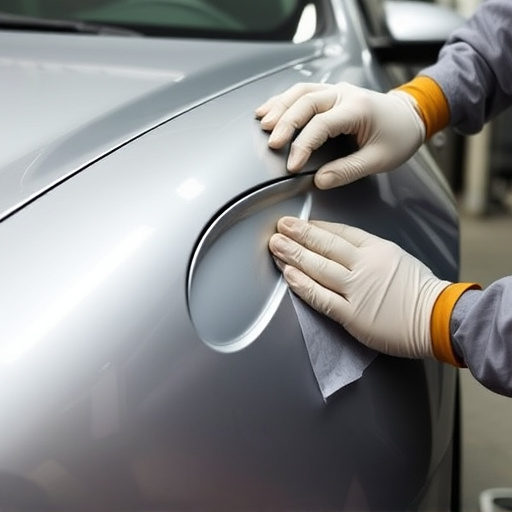
Digital imaging technology is revolutionizing the field of sectioning procedures, offering unprecedented precision and efficiency. Advanced digital cameras and 3D imaging systems now allow for detailed visualization of materials’ internal structures, enabling more accurate cutting and shaping. This is particularly beneficial in industries like automotive manufacturing, where intricate designs demand meticulous craftsmanship. By capturing high-resolution images, technicians can identify potential issues or variations before initiating sectioning, ensuring a smoother and more controlled process.
Furthermore, these imaging advancements complement existing methods in collision repair shops and paintless dent repair services. With digital guidance, technicians can precisely map out cuts for car bodywork repairs, minimizing material waste and enhancing overall structural integrity. This integration of technology not only streamlines workflows but also contributes to the creation of more refined and durable finished products, whether it’s repairing dents or fabricating custom components.
Automation and Robotic Systems: Enhancing Efficiency
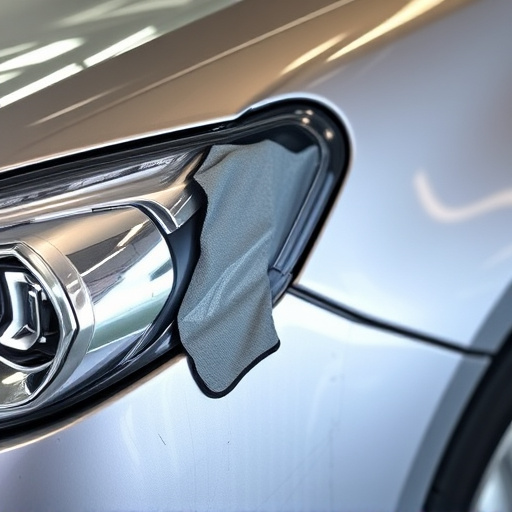
The future of sectioning procedures is set to be transformed by automation and robotic systems, which are poised to revolutionize the way we approach vehicle repair and automotive restoration. These advanced technologies offer unprecedented efficiency gains in car damage repair, streamlining processes that were once time-consuming and labor-intensive. Robotic arms, equipped with intricate sensors and AI capabilities, can precisely cut and shape materials, ensuring accurate and consistent results. This not only reduces human error but also significantly speeds up the overall repair process.
By integrating automation into sectioning procedures, workshops can achieve higher productivity while maintaining meticulous attention to detail. Moreover, these systems are designed to handle a wide range of tasks, from initial material handling to final assembly, creating a seamless workflow that mirrors the complexity of modern automotive design. As a result, the car damage repair and automotive restoration industries are set to experience a newfound level of precision, speed, and overall efficiency.
Emerging Biocompatible Materials: Shaping the Future
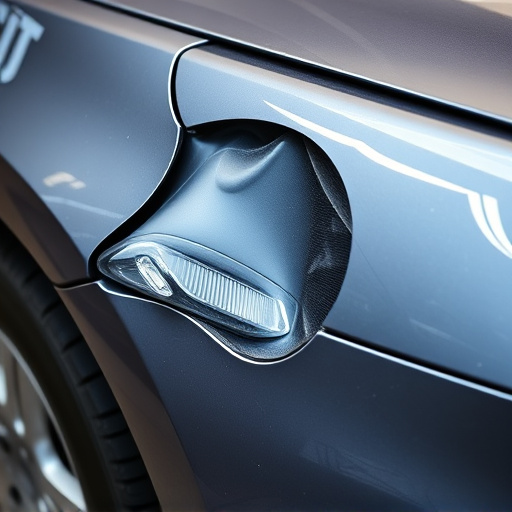
The future of sectioning procedures is set to be transformed by emerging biocompatible materials. These innovative substances offer a promising alternative to traditional synthetic options, opening up new possibilities for medical and industrial applications alike. Their inherent biocompatibility ensures minimal foreign body reactions, making them ideal for use in delicate surgical and restoration processes.
In the realm of sectioning procedures, these advanced materials are revolutionizing vehicle restoration and automotive body work. Just as they enhance precision and speed in medical practices, biocompatible compounds are enabling more intricate and effective auto painting and repair jobs. Their versatility and adaptability to diverse environments make them a game-changer, promising enhanced durability and aesthetic appeal for restored vehicles.
The future of sectioning procedures is bright, with significant advancements in digital imaging, automation, and biocompatible materials. As technology continues to evolve, these innovations will revolutionize the way we perform sectioning, ensuring greater precision, efficiency, and safety across various industries. By embracing these trends, researchers and professionals can unlock new possibilities in their fields, paving the way for breakthroughs in biotechnology and healthcare.

